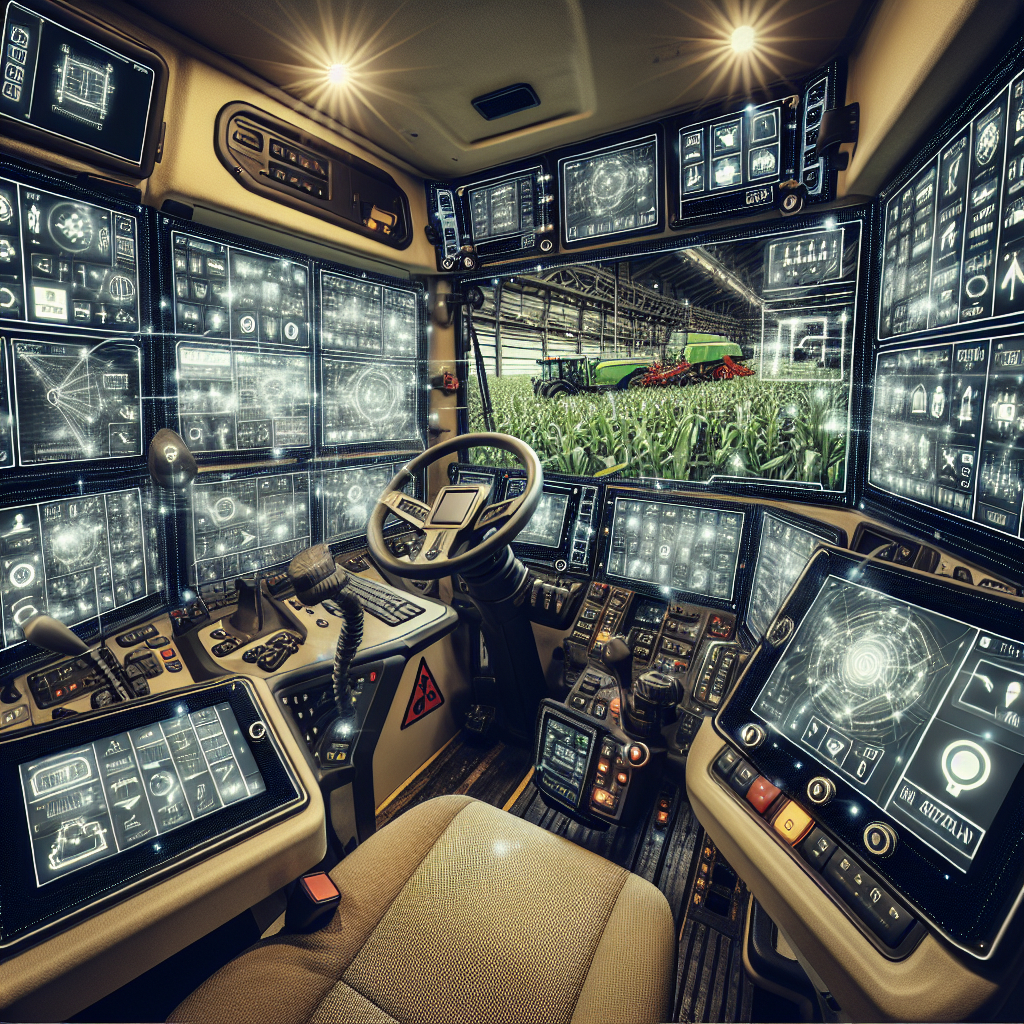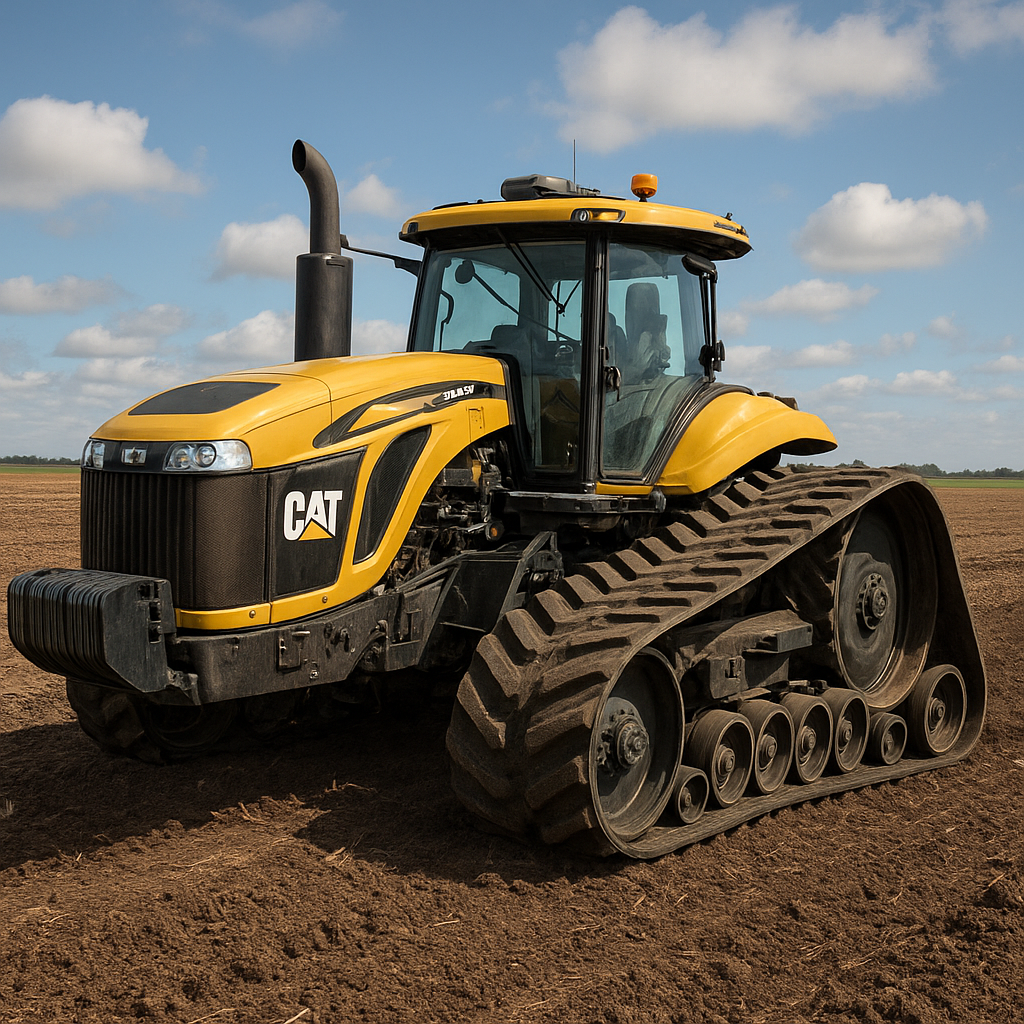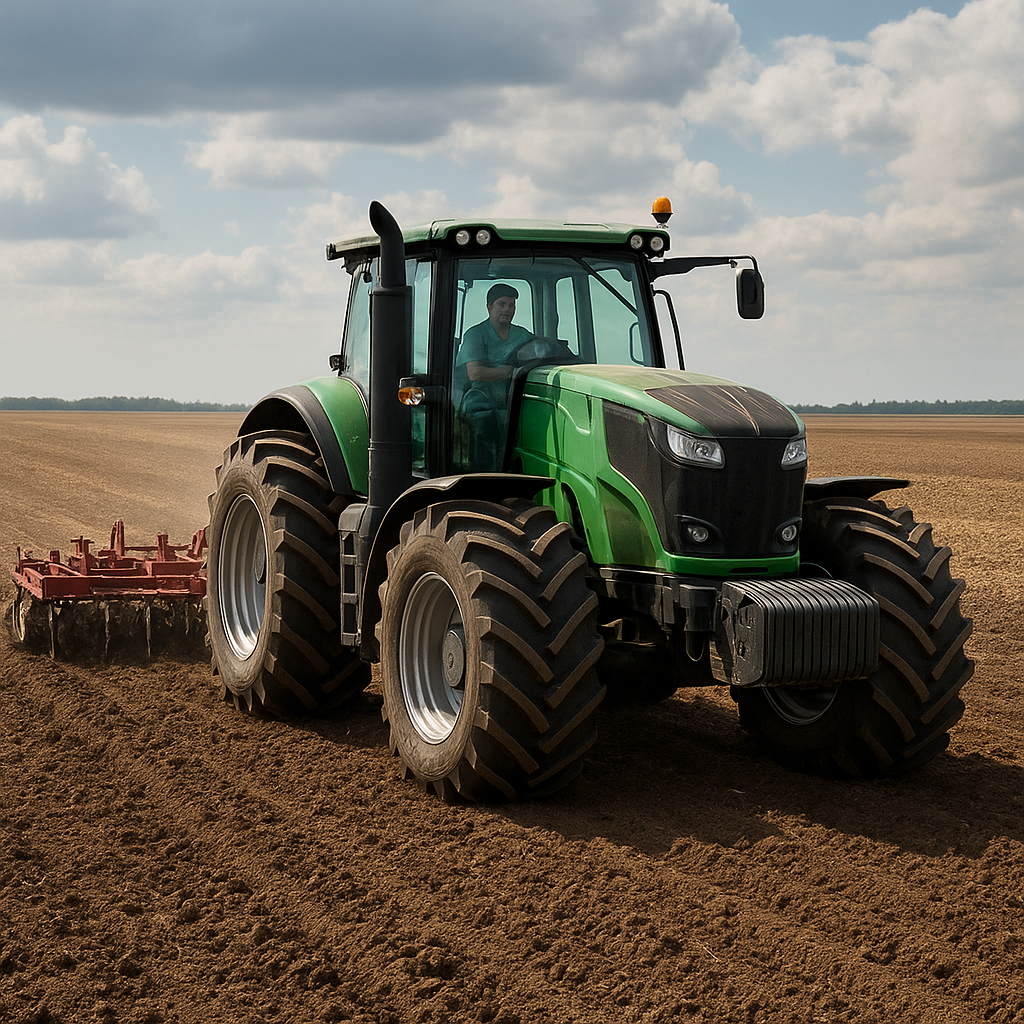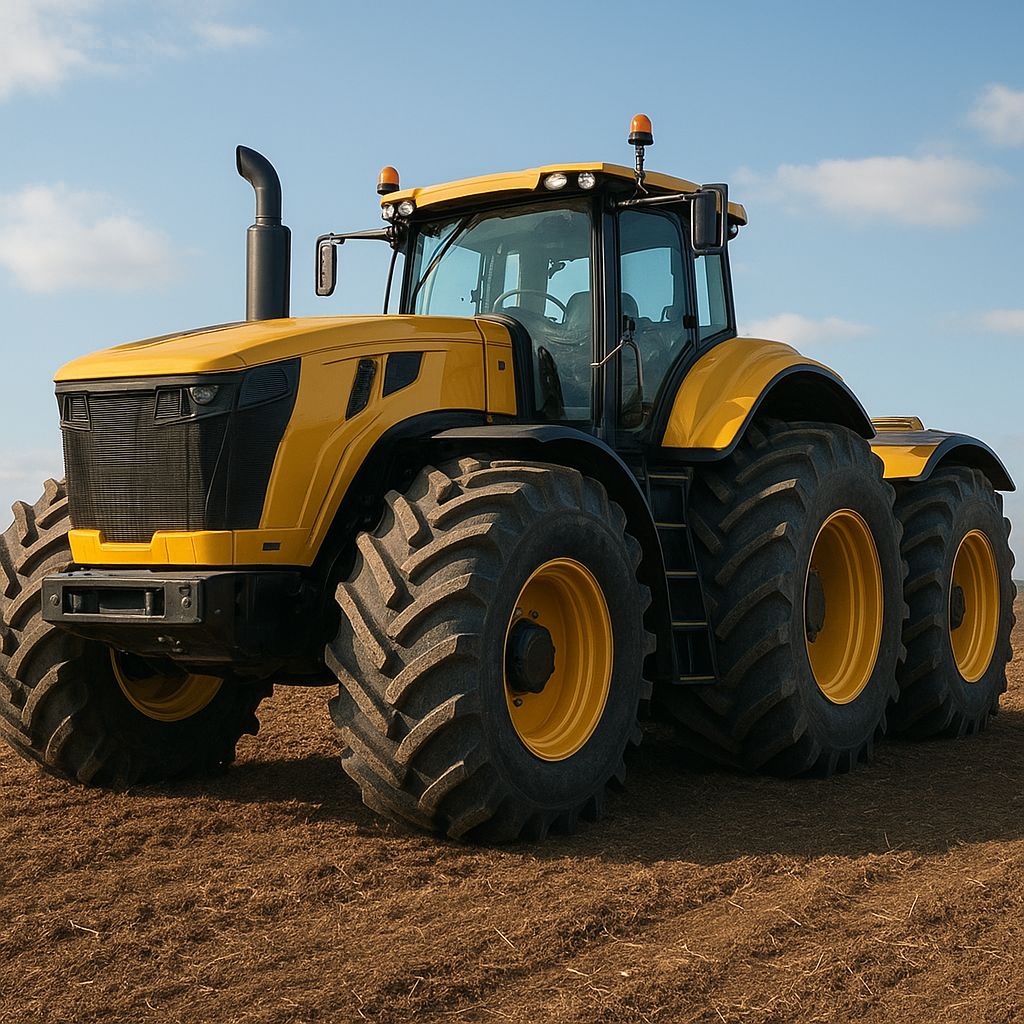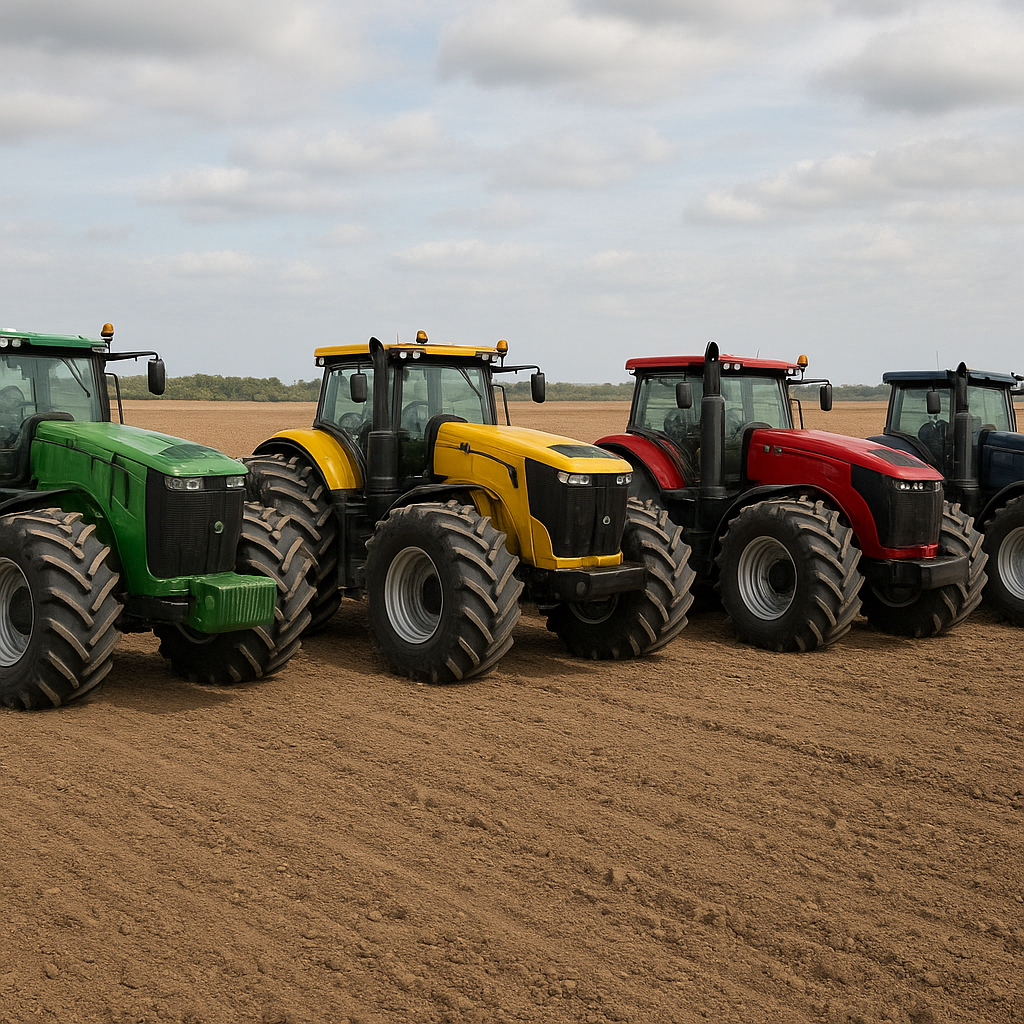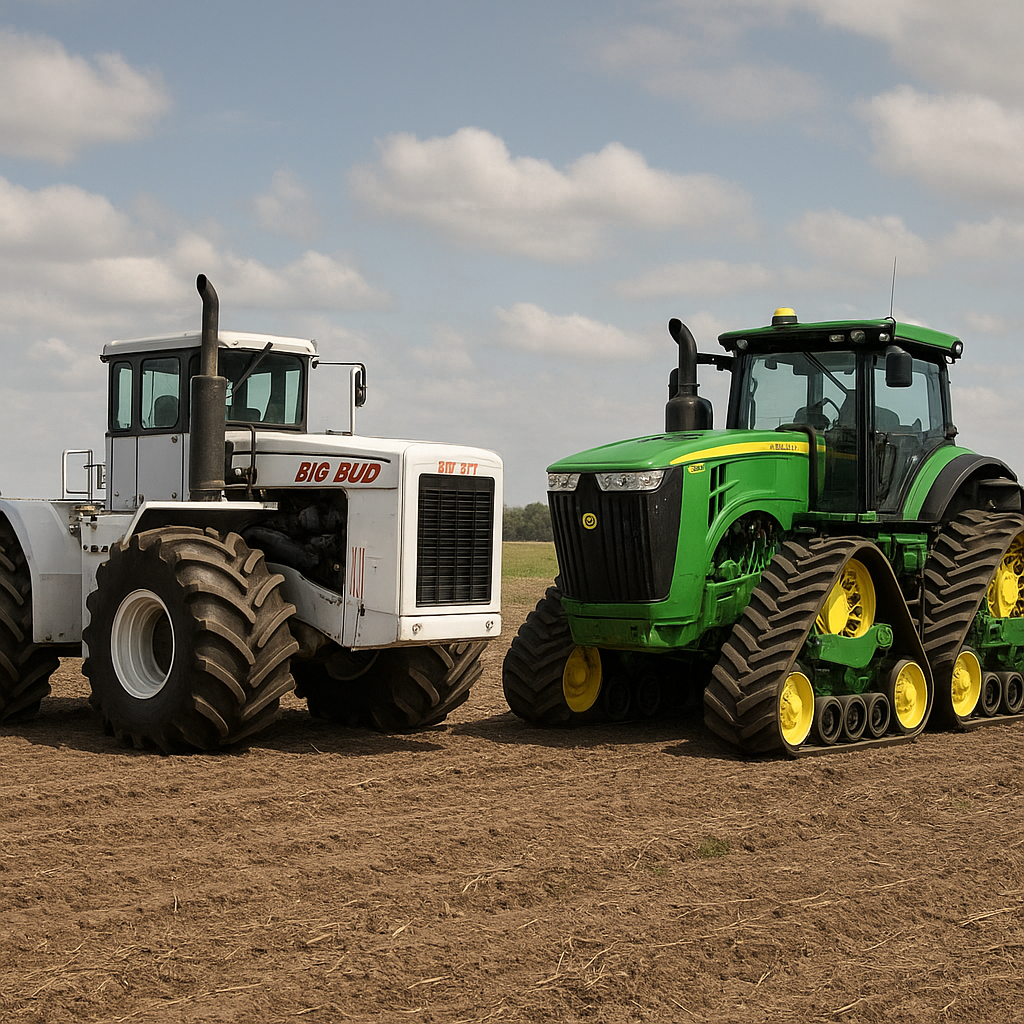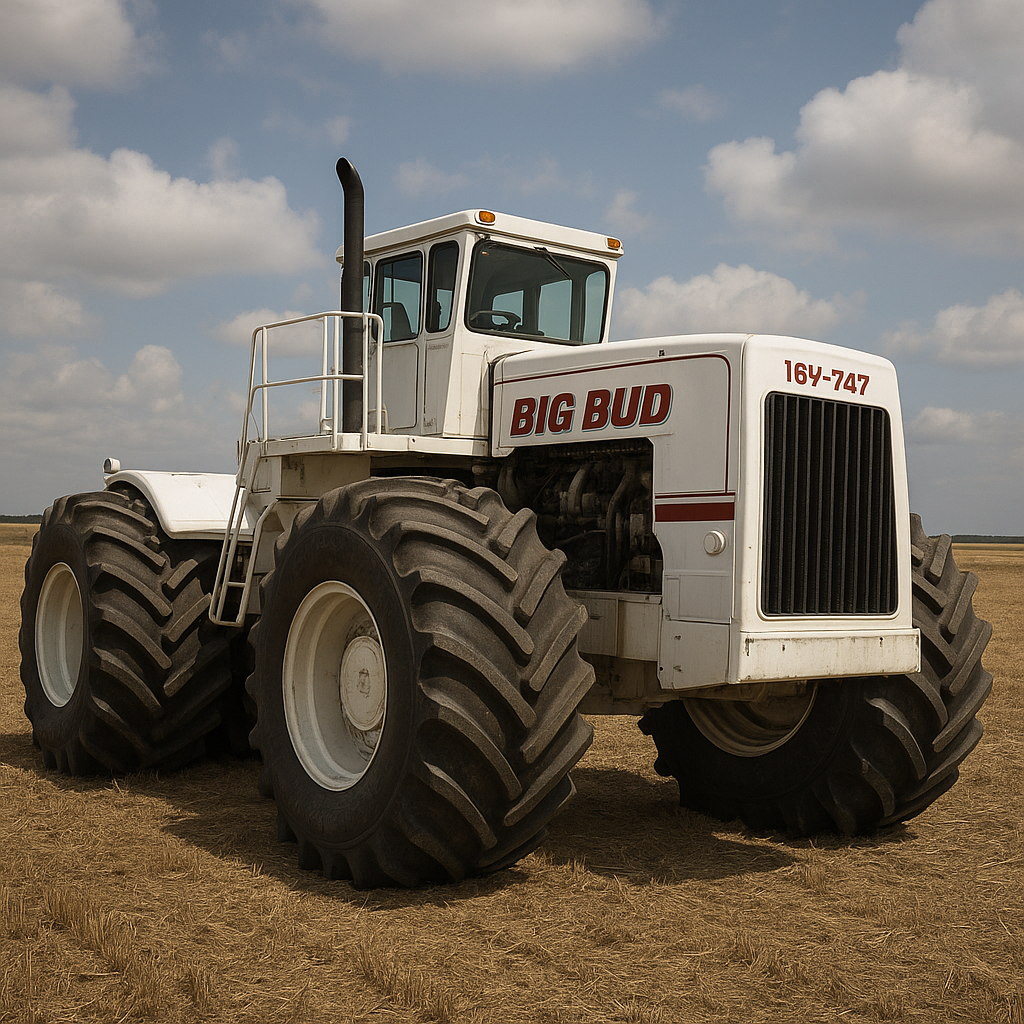Interactive touchscreen displays and digital interfaces in tractor cabs are revolutionizing modern agriculture. These advanced technologies are transforming the way farmers operate their machinery, enhancing efficiency, precision, and overall productivity. This article delves into the various aspects of these innovations, exploring their benefits, functionalities, and the future of farming with digital interfaces.
The Evolution of Tractor Technology
Tractors have come a long way since their inception in the early 20th century. Initially, they were simple machines designed to replace animal labor, but over the decades, they have evolved into highly sophisticated pieces of equipment. The integration of digital technology into tractor cabs marks a significant milestone in this evolution.
From Analog to Digital
In the past, tractor controls were primarily analog, consisting of mechanical levers, dials, and gauges. These controls required a high level of manual input and constant monitoring by the operator. With the advent of digital technology, these analog systems have been replaced by interactive touchscreen displays and digital interfaces, offering a more intuitive and user-friendly experience.
Modern tractors are now equipped with high-resolution touchscreens that provide real-time data on various aspects of the machine’s performance. These displays allow operators to monitor engine health, fuel consumption, and other critical parameters with ease. Additionally, digital interfaces enable seamless integration with other farm management systems, facilitating better decision-making and resource management.
Benefits of Interactive Touchscreen Displays
The introduction of interactive touchscreen displays in tractor cabs offers numerous benefits to farmers. These advantages extend beyond mere convenience, significantly impacting the efficiency and effectiveness of farming operations.
Enhanced Precision and Control
One of the most significant benefits of touchscreen displays is the enhanced precision and control they offer. Operators can easily adjust settings and parameters with a few taps on the screen, ensuring optimal performance under varying conditions. This level of control is particularly beneficial for tasks such as planting, fertilizing, and harvesting, where precision is crucial for maximizing yield and minimizing waste.
Real-Time Data and Analytics
Interactive displays provide real-time data and analytics, allowing farmers to make informed decisions on the fly. For instance, operators can monitor soil moisture levels, weather conditions, and crop health in real-time, enabling them to adjust their strategies accordingly. This data-driven approach leads to more efficient use of resources, reducing costs and improving overall productivity.
Improved Operator Comfort and Safety
Touchscreen displays also contribute to improved operator comfort and safety. Traditional analog controls can be cumbersome and require significant physical effort to operate. In contrast, digital interfaces are designed to be ergonomic and user-friendly, reducing operator fatigue and the risk of injury. Furthermore, these systems often include safety features such as automatic shut-off and alerts, ensuring a safer working environment.
Key Features of Digital Interfaces in Tractor Cabs
Digital interfaces in tractor cabs come with a range of features designed to enhance the overall farming experience. These features are tailored to meet the specific needs of modern agriculture, providing operators with the tools they need to succeed.
GPS and Auto-Guidance Systems
One of the most notable features of digital interfaces is the integration of GPS and auto-guidance systems. These technologies enable tractors to navigate fields with pinpoint accuracy, reducing overlap and ensuring even coverage. Auto-guidance systems can also automate repetitive tasks, allowing operators to focus on more complex aspects of their work.
Telematics and Remote Monitoring
Telematics and remote monitoring capabilities are another key feature of digital interfaces. These systems allow farmers to track the location and performance of their machinery in real-time, even from remote locations. This level of connectivity facilitates proactive maintenance, reducing downtime and extending the lifespan of the equipment.
Customizable User Interfaces
Modern digital interfaces are highly customizable, allowing operators to tailor the display to their specific needs. Users can choose which data points to monitor, set up custom alerts, and even create personalized profiles for different tasks. This level of customization ensures that operators have access to the information they need when they need it.
The Future of Farming with Digital Interfaces
The integration of interactive touchscreen displays and digital interfaces in tractor cabs is just the beginning. As technology continues to advance, we can expect even more innovative solutions to emerge, further transforming the agricultural landscape.
Artificial Intelligence and Machine Learning
Artificial intelligence (AI) and machine learning (ML) are poised to play a significant role in the future of farming. These technologies can analyze vast amounts of data to identify patterns and make predictions, helping farmers optimize their operations. For example, AI-powered systems can predict crop yields, identify pest infestations, and recommend the best times for planting and harvesting.
Integration with IoT Devices
The Internet of Things (IoT) is another area with immense potential for agriculture. IoT devices, such as soil sensors and weather stations, can collect real-time data and communicate with tractor interfaces. This integration allows for a more holistic approach to farm management, enabling farmers to make data-driven decisions that improve efficiency and sustainability.
Autonomous Tractors
Autonomous tractors are no longer a distant dream but a rapidly approaching reality. These self-driving machines can perform various tasks without human intervention, guided by advanced sensors and AI algorithms. Digital interfaces will play a crucial role in the operation and monitoring of autonomous tractors, ensuring they perform their tasks accurately and safely.
Conclusion
Interactive touchscreen displays and digital interfaces in tractor cabs are revolutionizing modern agriculture. These technologies offer numerous benefits, including enhanced precision, real-time data, and improved operator comfort. As technology continues to advance, we can expect even more innovative solutions to emerge, further transforming the agricultural landscape. The future of farming is undoubtedly digital, and those who embrace these advancements will be well-positioned for success.
